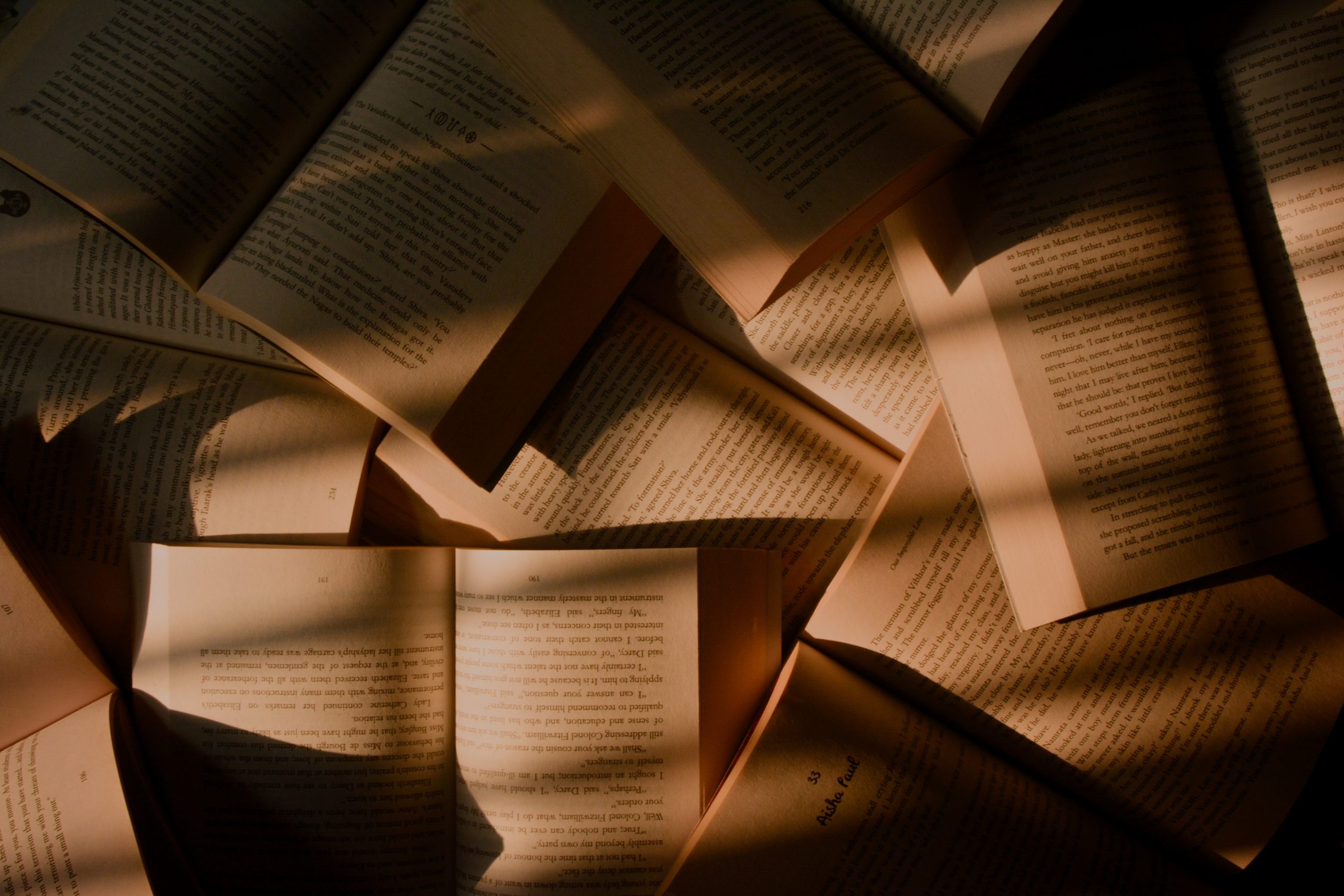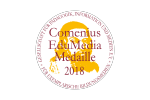Quick: tell us the plot of the book you read on your last holiday. Of course, you might be able to do that, but how specific is your explanation? Be it a novel, biography or another type of book, making a map of its contents can help you to improve your detailed memory of it weeks, months and even years later within the blink of an eye. Below, we’ve detailed how to go about it.
The forgetting curve
There’s an infinite amount of books out there that are interesting. Still, no matter how much you liked the contents of a book that you recently finished, it might seem like information is slipping away from you. It’s not you: it’s because of the forgetting curve all humans share (with a few enviable exceptions). The forgetting curve is a phenomenon first researched by German psychologist Hermann Ebbinghaus. It argues that knowledge on a specific topic declines rapidly after having studied it, if nothing is done in order to retain the information. The loss of information might take place even within just days.
The forgetting curve is part of transience, one of the seven sins of the memory. Transience means that our memories become less strong over time; they deteriorate slowly. According to Harvard memory researcher Daniel Schacter, who first coined the term of the seven sins, we should avoid committing the sins. In that way, we can improve our memories.
The reading curse
In the New Yorker, editor Ian Crouch named this the “The Curse of Reading and Forgetting”. He puts the finger on the spot when he wrote:
“Looking at my bookshelves, I am aware of another kind of forgetting—the spines look familiar; the names and titles bring to mind perhaps a character name, a turn of plot, often just a mood or feeling—but for the most part, the assembled books, and the hundreds of others that I’ve read and discarded, given away, or returned to libraries, represent a vast catalogue of forgetting.”
“(…) This embarrassing situation raises practical questions that also become ones about identity: Do I really like reading? Perhaps it is a failure of attention—there are times when I notice my own distraction while reading, and can, in a way, feel myself forgetting. There is a scarier question, one that might seem like asking if one is good at breathing, or walking. Am I actually quite bad at reading after all?”
Solving the issue
Most of us have been through this train of thought, probably. But there is no need: not only is it human to forget, there are also solutions to the issue! In discussion with the Atlantic, assistant professor of psychology at Athabasca University Faria Sana was quoted on the importance of memory retention:
Sana says that often when we read, there’s a false “feeling of fluency.” The information is flowing in, we’re understanding it, it seems like it is smoothly collating itself into a binder to be slotted onto the shelves of our brains. “But it actually doesn’t stick unless you put effort into it and concentrate and engage in certain strategies that will help you remember.”
One way to help yourself remember is to mind map the books that you read. In doing so, we reinforce not only the memory of the book since we’re mulling through it again; it also allows us to take a look at its content in a way that fits our own thinking process. Next to this, it enables you to go back to its contents quickly and clearly, even years later.
Mind mapping what you’ve read
Recently, we put down some basic guidelines for writing a (mind) map. However, there are some peculiarities when it comes to mapping a book’s contents:
- Firstly, you will want to decide for what purpose you are reading the book and mindmapping it. Is it a novel? Then perhaps, the reason is because it’s so enjoyable and you want to discuss it with friends later on in time. Or it could be a self help book, of which you would like to note down the best advice. Maybe there is something you want to learn about in particular.
- Time to get reading! You could choose to just read the book and start working on your mapping afterwards, but you can also already go ahead during the process of going through the pages. Alternatively, you might decide to highlight certain page numbers, phrases or subheadings. Next to this, you could take notes on the book’s contents.
- When you’ve turned the final page and the book’s contents are completed, you can start forming your mind map. Let’s put the title of the book in the middle.
- Now, there are some structural decisions to be made. Would you like to create a map and separate chapters that have been made by the author, in this way following his line of thinking? Or might it be more beneficial to you to step away from this format, instead for instance mapping the main concepts of the book. Maybe there are certains actions that you would like to undertake following what you have read: don’t hesitate to branch out into this when mapping. It’s most important that you let your creativity flow without any inhibitions.
- How deep do you want to go? Perhaps, some topics were more interesting or important to you than others. It is up to you to decide how far you want to take your branching. In doing so, you might also want to take a look at other sources on the book, such as summaries or other relevant information that might help you build up the mapping.
It is important to keep in mind that maps are most useful when they don’t contain long sentences of text: so keep it short and snappy. Also: don’t be afraid to get creative. Although you’re mapping a written product, it’s not prohibited to include images and drawings, as well as colours in your work.
Sources
- https://www.theatlantic.com/science/archive/2018/01/what-was-this-article-about-again/551603/
- https://www.newyorker.com/books/page-turner/the-curse-of-reading-and-forgetting
- https://en.wikipedia.org/wiki/The_Seven_Sins_of_Memory
- https://en.wikipedia.org/wiki/Forgetting_curve
- https://selfpublishingadvice.org/seven-tips-to-mind-map-a-novel/
Feature image: Rey Seven.





